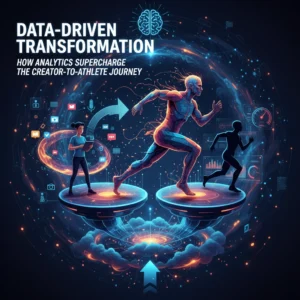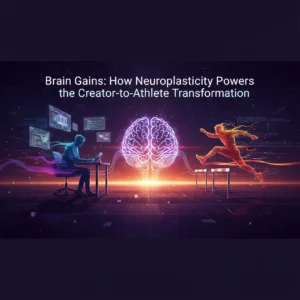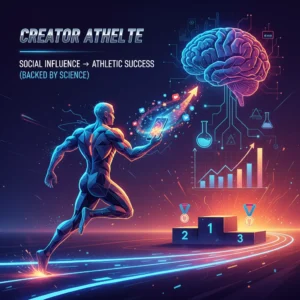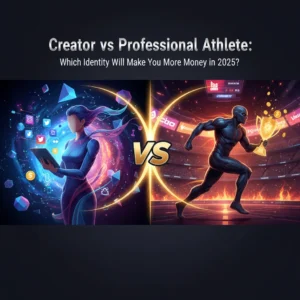Creator Athlete Secrets: What Traditional Sports Agencies Don't Want You to Know
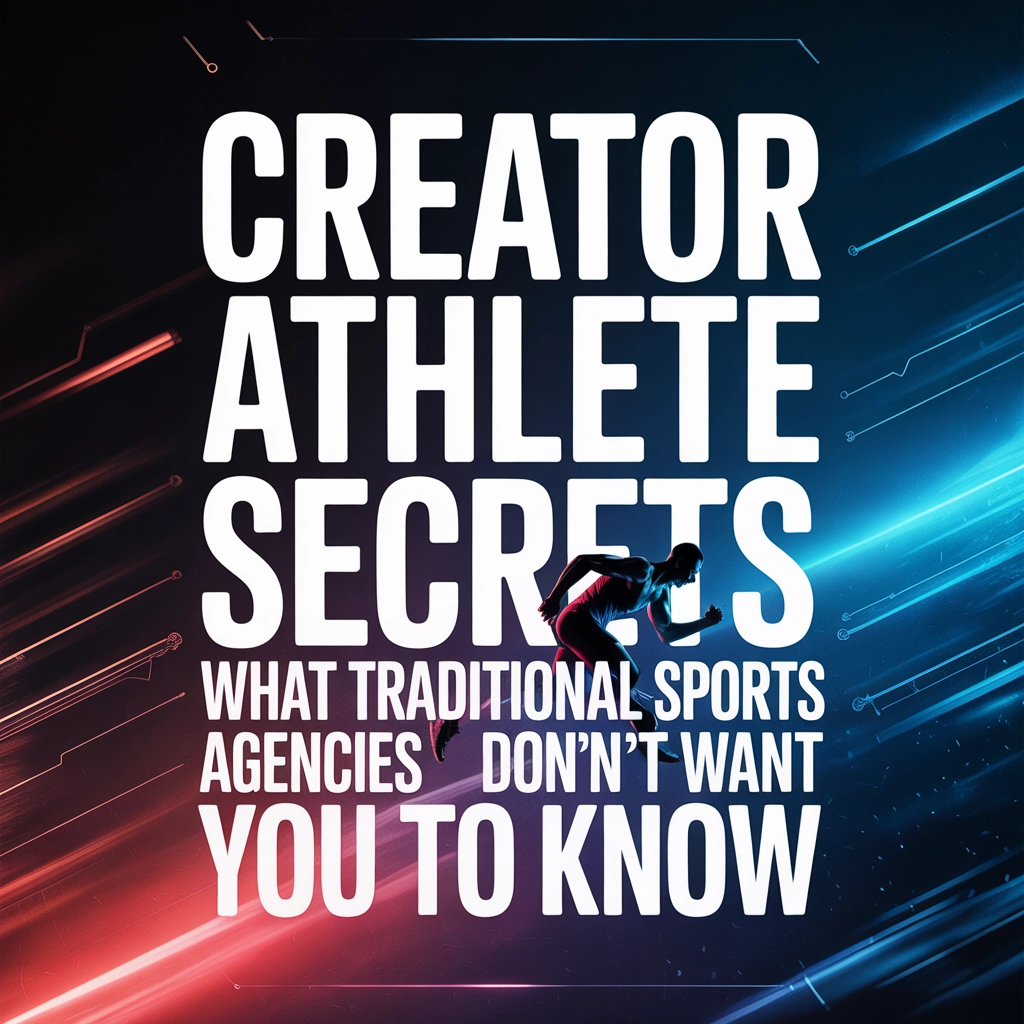
The sports industry is experiencing a massive transformation that most traditional agencies are desperately trying to ignore. While they cling to outdated models focused solely on contracts and endorsements, a new breed of athlete is emerging: one that traditional sports agencies simply don't know how to handle.
These aren't just athletes. They're creators, influencers, and entrepreneurs who understand that their value extends far beyond what happens on the field. And the secrets about how they're building empires? Traditional agencies would rather you never found out.
The Content Creation Revenue Goldmine They're Missing
Here's what traditional sports agents don't want you to know: they're leaving millions of dollars on the table by completely ignoring the content creation space.
Most established agencies don't handle brand social media deals, focusing instead on traditional sponsorships and team contracts. While they're busy negotiating your standard equipment deals, creator athletes are pulling in six-figure brand partnerships through strategic content creation and authentic audience engagement.

The reality is brutal for traditional agents. Athletes today function as "content machines" who require specialized management for their digital presence. But here's the kicker: many agents, particularly in major sports, make so much money from transfers and salary percentages that they see little value in putting effort into proactive brand outreach, despite the massive returns available.
This creates an enormous opportunity gap. While traditional agencies stick to their old playbook, creator athletes are building personal brands that generate revenue streams completely independent of their athletic performance. They're not just athletes anymore: they're media companies with legs.
The NIL Revolution That Changed Everything
The introduction of Name, Image, and Likeness (NIL) rules didn't just change college sports: it exposed how unprepared traditional agencies were for the future of athletic representation.
College athletes can now monetize their personal brands before turning professional, but most established agencies lack the infrastructure to support these younger clients. They simply don't understand how to navigate the creator economy or help athletes build sustainable content strategies.

The NIL shift allowed college athletes to start building their personal brands and business relationships much earlier in their careers, rather than waiting until they're about to go professional. This represents a fundamental change in how athletic careers are managed and monetized: a change that traditional agencies are still struggling to comprehend.
Smart creator athletes are using this opportunity to test and refine their content strategies, build authentic audiences, and establish brand relationships that will serve them throughout their careers. Meanwhile, athletes stuck with traditional representation are missing out on years of brand-building potential.
The Trust Gap That's Killing Traditional Agencies
There's a massive trust gap between traditional agencies and what modern athletes actually need. Established agencies excel at advertising strategies but often aren't living and breathing sports culture or connecting effectively with talent who now function as influencers.
Traditional agencies operate on a hierarchical model where they tell athletes what to do and how to think about their careers. But creator athletes demand something completely different: they want collaborative partners who understand their vision and can execute on their terms.

New-generation representation operates as true collaborative partners rather than traditional hierarchical representatives. They give athletes a voice in the process and work as both creative/strategy agencies and production outfits, allowing them to think through comprehensive solutions that traditional agencies simply can't match.
The most successful creator athletes work with teams that understand authenticity cannot be manufactured. Fans connect with athletes because they're genuinely themselves, and traditional agencies often fail when they try to force predetermined narratives rather than building genuine connections between athletes and brands.
Investment Opportunities Traditional Agencies Never Mention
Here's a secret that traditional sports agencies definitely don't want you to know: there are massive investment opportunities available to athletes that most agencies never even mention, let alone provide access to.
Traditional sports agencies rarely provide access to high-level investment opportunities that can generate long-term wealth beyond playing careers. While they're focused on your next contract, specialized firms are connecting creator athletes to major business deals, including investments in consumer brands and startup ventures.
These opportunities exist complementarily with traditional representation, but they offer services that traditional agencies simply don't provide: such as connecting athletes to venture capital opportunities and business partnerships that extend far beyond sports.
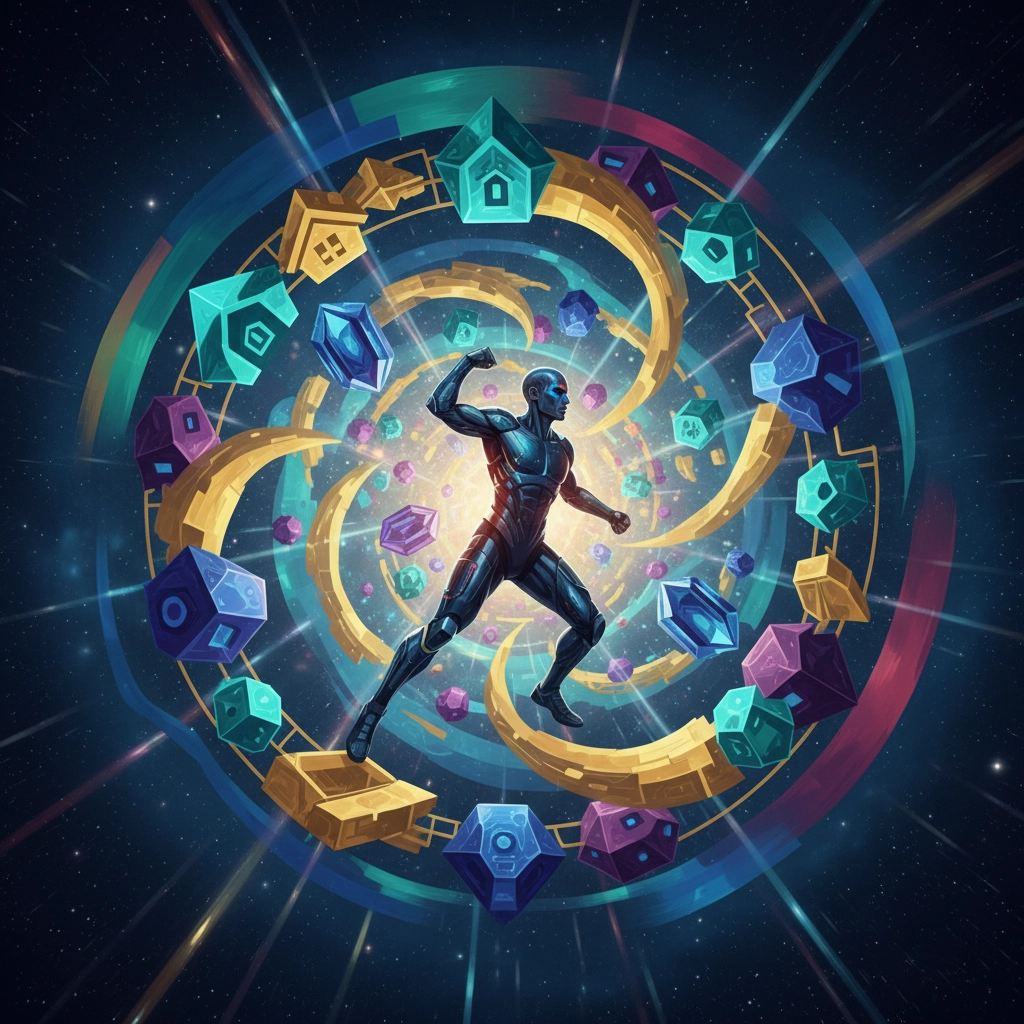
Creator athletes who understand this are building wealth that will last decades beyond their playing careers. They're not just earning money from athletics: they're using their platform and influence to build diverse investment portfolios that traditional agencies never even discuss.
The Authenticity Advantage That Can't Be Faked
The most crucial secret of all is that authenticity is the ultimate competitive advantage, and traditional agencies are terrible at fostering it.
Traditional agencies often try to "shoehorn in a name to fit their own narrative" rather than building genuine connections between athletes and brands. They think they know what fans want better than the athletes who actually interact with those fans daily.
But here's the reality: athletes know their audiences better than any marketing agency ever could. When you trust creator athletes with creative control and authentic messaging, the results blow traditional approaches out of the water.
Successful creator athletes don't just promote products: they integrate brand partnerships into their content in ways that feel natural and valuable to their audiences. They understand that their followers are smart enough to recognize authentic recommendations versus paid promotions that feel forced.
The Data Revolution Traditional Agencies Are Missing
While traditional agencies rely on gut feelings and industry connections, creator athletes are leveraging data analytics to optimize every aspect of their careers. From training performance to content engagement, data-driven decision making is revolutionizing how elite athletes approach their craft.
Our recent analysis shows that athletes using advanced analytics see measurable improvements in both performance and brand engagement. Traditional agencies simply don't have the infrastructure or expertise to provide these insights.
Creator athletes are using data to understand exactly what content resonates with their audiences, which brand partnerships drive the most engagement, and how to optimize their training for maximum performance gains. This data-driven approach creates exponential advantages over athletes stuck with traditional representation.
The Creator Athlete Advantage
The future belongs to athletes who understand they're not just competitors: they're creators, entrepreneurs, and media companies. Traditional sports agencies want to keep you focused solely on your sport because that's the only model they know how to monetize.
But creator athletes are building multi-million dollar businesses that extend far beyond their athletic careers. They're leveraging their platforms to create sustainable income streams, build authentic brand relationships, and invest in opportunities that traditional agencies never even discuss.
The choice is clear: stick with the old model and leave money on the table, or embrace the creator athlete revolution and unlock your full potential both on and off the field.
The secrets are out. The question is: what are you going to do with them?


